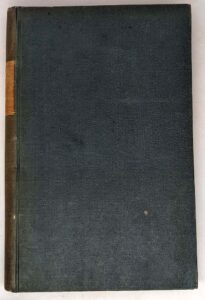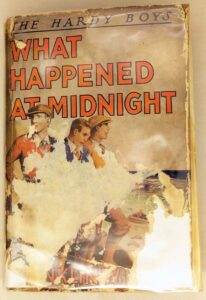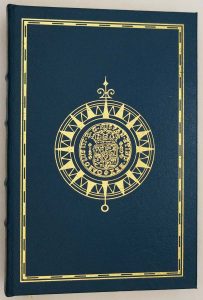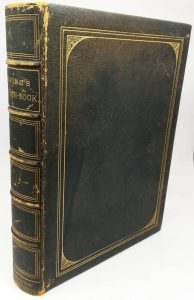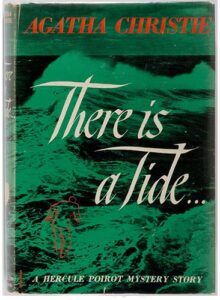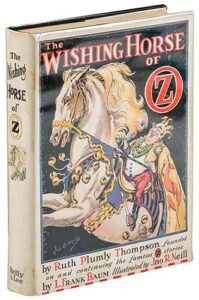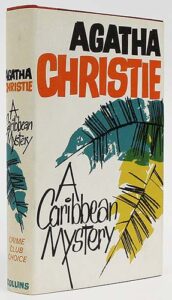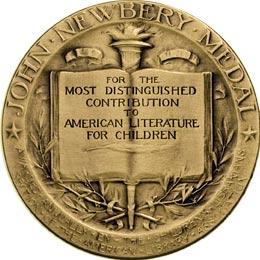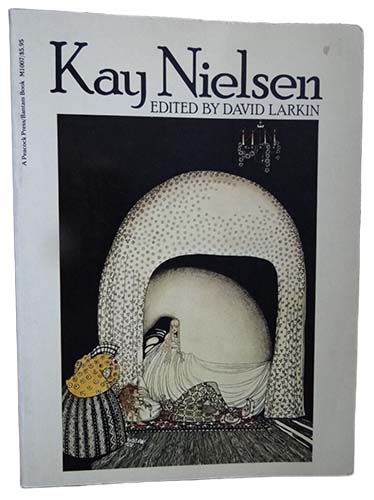
The Arabian Nights (1976), edited by David Larkin and featuring the rediscovered illustrations of Kay Nielsen, represents a posthumous celebration of the Danish artist’s unrealized masterpiece. Published by Peacock Press/Bantam in New York, this edition resurrects Nielsen’s breathtaking 1920s watercolors—originally created for a never-completed Arabian Nights project. Nielsen’s artwork transforms stories like “Aladdin” and “Sinbad” into visions of Art Deco opulence, where towering palace minarets gleam against lapis lazuli skies and djinns materialize from geometric smoke clouds. His angular, theatrical compositions give familiar characters startling new life: a sharp-featured Aladdin draped in peacock-hued silks, a monstrous Roc bird whose wings eclipse entire ships, and a seductive Scheherazade whose elongated fingers weave stories in the air like visible magic. The illustrations pulse with Nielsen’s signature color contrasts—saffron yellows against midnight blues, ruby reds beside emerald greens—all rendered with exquisite pochoir-like precision. Though created half a century earlier, these rediscovered works feel astonishingly modern, their stylized patterns and dramatic perspectives bridging Nordic folk art and 1920s modernism.
About Kay Nielsen (1886-1957):
This visionary Danish illustrator had begun these Arabian Nights paintings in the 1920s as a proposed follow-up to his celebrated East of the Sun and West of the Moon (1914), but financial constraints left the project unfinished. Nielsen’s preparatory sketches—now housed in the UCLA Grunwald Center—reveal his meticulous research into Persian miniatures and Mughal architecture, filtered through his distinctive blend of Art Nouveau flow and Art Deco angularity. After struggling through the Depression, Nielsen contributed to Disney’s Fantasia (1940) before fading into obscurity. This 1976 edition, compiling his surviving Middle Eastern-inspired works, reintroduced his genius to a new generation, showing how his style had evolved toward bolder abstraction and richer chromatic intensity. The original paintings, long stored in a California garage, emerged as some of the most sophisticated interpretations of Islamic tales by any Western artist—equal parts authentic detail and imaginative daring.
For collectors of this edition, these companion works may fascinate:
• Arabian Nights (1907) illustrated by Edmund Dulac – for a beautiful rendition
• Arabian Nights (1912) illustrated by Rene Bull – another great interpretation
